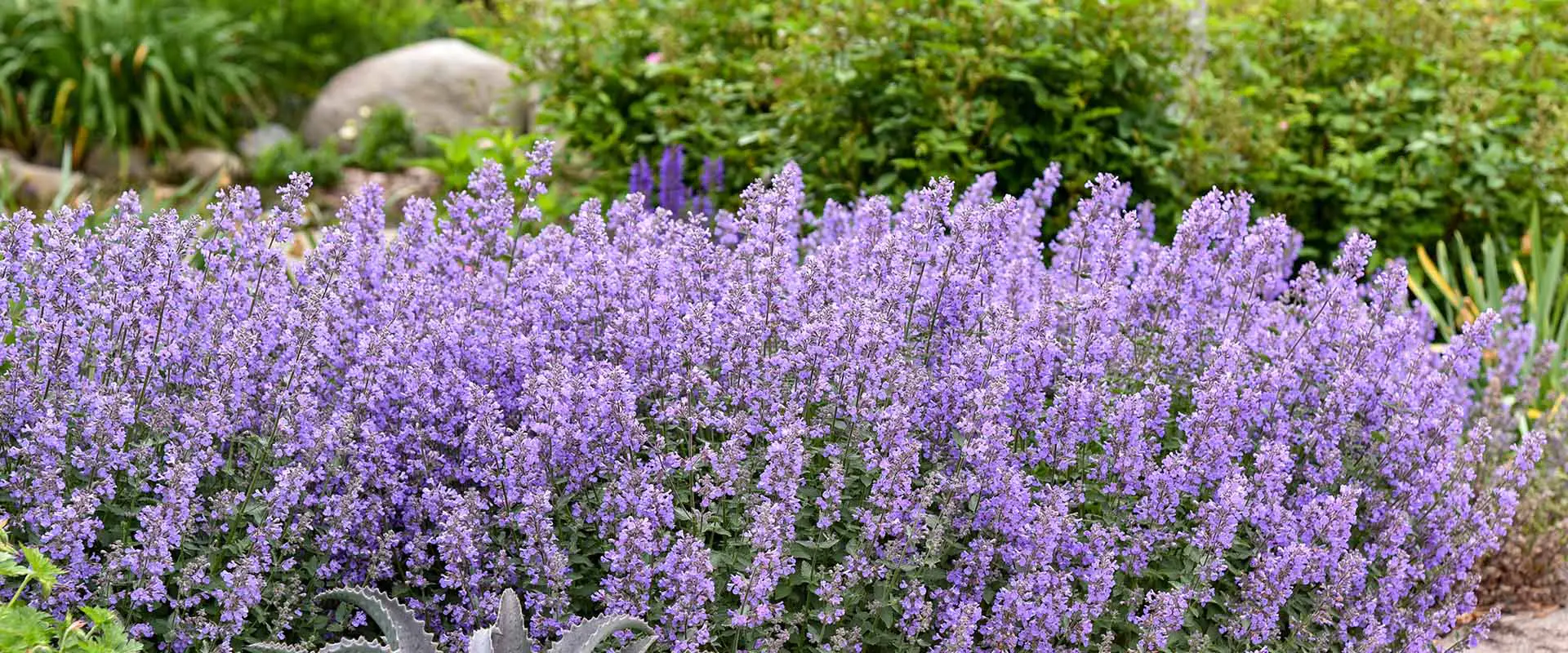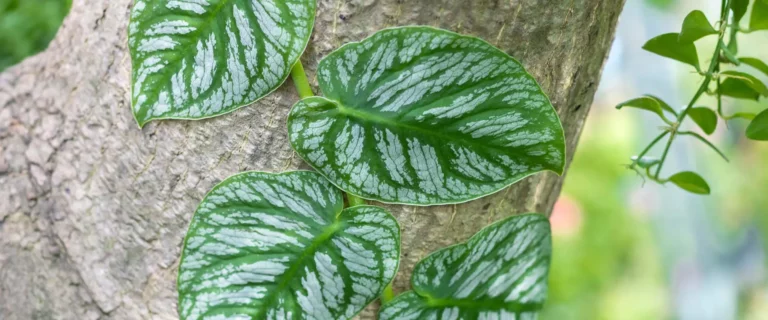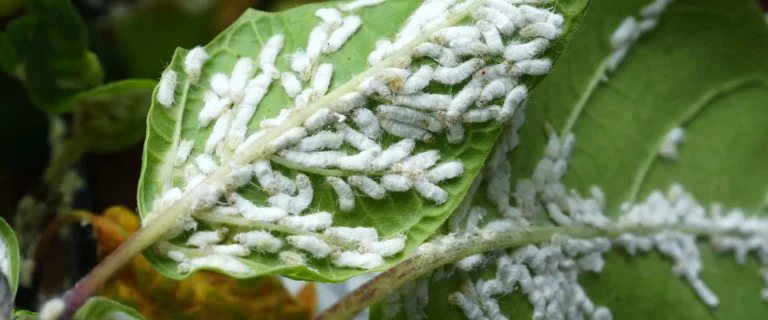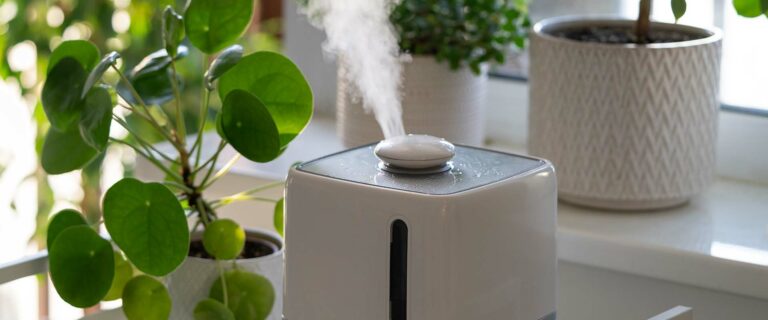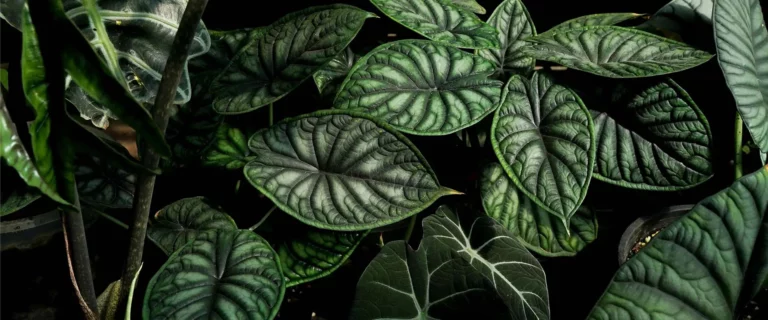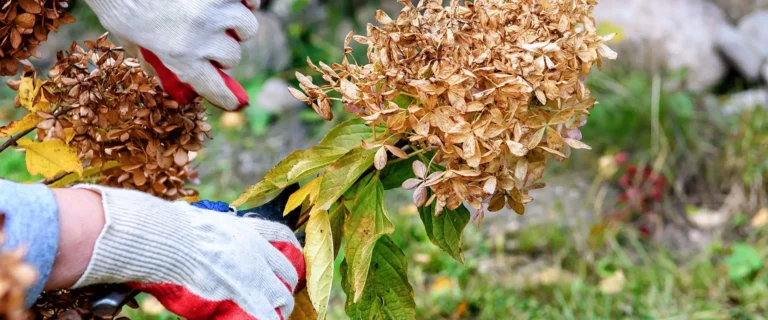Nepeta (also known as catmint) is a popular plant to talk about and there are so many reasons why. Sean, our horticulture guru here at The Gardener’s Center, says nepeta is definitely in his top 10 favorites. So much so, we have another video that provides a great overview of this garden favorite.
But there’s more to discuss! Nepeta may have a tendency to flop over, and if that’s an issue for you or something you want to avoid, you’ll want to know more about the newer, more compact varieties that will behave better in your garden.
All nepeta, no matter the variety, are sun-loving members of the mint family. They like to be in a hot, dry, sunny place.
Advantage of the compact varieties? Their very well behaved!
These particular members of the mint family are well-behaved mint (yes, they exist!); it will not spread around and take over the world like culinary mints and some other members of the mint family.
Another advantage? Nice substitution for lavender!
Also, the compact nepeta is a perfect choice as an alternative to lavender. If you have ever tried to grow lavender in our coastal Connecticut climate (for example, as a formal border or edging around roses), you know it’s difficult. Try the shorter, more compact varieties of nepeta! This plant looks very similar to lavender from a distance, with the same kind of flower color. Also, it blooms longer, and it will actually survive our winter.
Pollinators also choose nepeta…
Bees love these. Butterflies love these. And, believe it or not, hummingbirds love nepeta, too. Sean says he sees hummingbirds on the nepeta here in the nursery all the time in the morning.
Our three compact, non-flopping varieties:
Purrsian Blue Nepeta
A real compact cutie is the Purrsian Blue—just like our feline buddy, Frankie, at The Gardener’s Center.
- It’s going to grow 10 to 12 inches tall, maybe 15. So that’s a really short one and a good option if you’re looking for something to fill a smaller space.
- It will give you a perfectly-rounded, densely-branched clump of tiny, green leaves, with periwinkle blue flowers just above the foliage.
Cat’s Pajamas Nepeta
A second variety on the shorter side is Cat’s Pajamas from Proven Winners®.
- It, too, is going to be in that 10- to 15-inch range.
- It has indigo blue flowers that are produced all the way from the soil to the tips, providing an intense splash of color when it’s in bloom.
Cat’s Meow Nepeta
Another one from our friends at Proven Winners®:
- Cat’s Meow is going to grow a little taller, in the 16- to 18-inch range.
- So while this one’s a little taller, it’s not going to get big and bushy like a Walker’s Low, a Six Hills Giant, a Drop More or any of those big, floppy varieties.
The donut effect & what you can do…
If you’ve ever grown perennials before, you may already know what the donut effect is. That’s when you have a perennial that’s been in the ground for more than a few years, and the center of the plant starts to die out and become empty. Which means you are left with a “donut” ring of the plant on the outside and an empty spot in the middle. That’s something that nepetas do experience relatively quickly.
- Perennials don’t typically start donating until five or six, or maybe even 10 years in the ground.
- Nepetas often need to be divided every three or four years. If you have a nepeta donutting, don’t divide it during the heat of summer! You’ll want to divide it in the fall; September or early October.
- If you need to divide your plant, dig up the whole clump and cut it in half, in thirds, or in quarters. Then space the cuttings out and replant them! It’s a great way to expand your nepeta collection or give them away to your friends or neighbors. (Everybody loves free plants!)
So give nepeta a try, from the tall varieties to the shorter, more compact varieties. And if you’ve given up on lavender, we have a solution that can be, well, the cat’s pajamas.

